Taxi alliance pressures ride-hailers
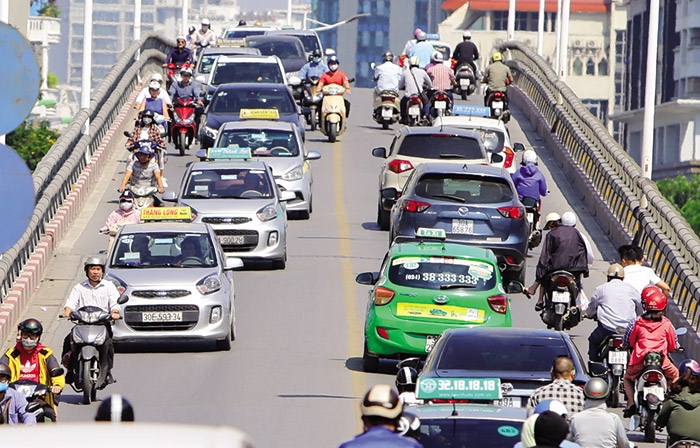 |
| The newly-established Vietnam Taxi Alliance of many taxi firms is expected to create stiffer competition to ride-hailing apps in Vietnam, Photo: Duc Thanh |
In a major development in Vietnam’s taxi industry, last Monday, 17 traditional taxi operators teamed up to launch the Vietnam Taxi Alliance, which will operate across the country through the shared ride-hailing application EMMDI, a vehicle management software developed by specialists from Hanoi National University.
Currently the group is present in over 40 cities and provinces with 12,000 cars, and six taxi operators based in Hanoi, including Thanh Nga, Van Xuan, Thang Long, Sao Mai, Long Bien, and Que Lua.
Until late December 2018, the alliance will welcome Open 99 and VIC, increasing its fleet strength in Hanoi to 4,000 vehicles. It will also launch services in other provinces like Nam Dinh in the north and Ha Tinh and Quang Binh provinces in the central region.
This is not the only instance of traditional taxi operators teaming up to fight off foreign ride-hailers. Thanh Cong, Sao Hanoi, and Ba Sao recently formed the G7 taxi union in Hanoi to compete with Singpore-based Grab, Southeast Asia’s largest ride-hailing firm. Together, G7 has about 3,000 cars, accounting for around 20 per cent of taxis in Hanoi.
However, while G7 operates in Hanoi only, the Vietnam Taxi Alliance will be present across the country, creating far larger coverage.
Tran Bang Viet, CEO of Dong A Solutions, which provides IT solutions for individual and corporate organisation, told VIR that the alliance between traditional taxi operators is “an inevitable trend” as more and more foreign players jump into the fray. The move will help traditional taxi businesses create a new brand identity to draw customers’ attention. It will also create uniform fares, and standardise service quality.
“The alliance will create a pressure on foreign ride-hailing service providers, including Grab. There are still opportunities for traditional taxi operators if they can improve service quality and lower fares,” Viet said.
CHANGE TO COMPETE
With a population of nearly 100 million and a fast-growing transportation service market, Vietnam has become a lucrative destination not only for local but also foreign ride-hailers.
According to statistics from Statista, an online statistics, market research and business intelligence portal, the revenue in the Vietnamese ride-hailing segment amounts to $501 million in 2018. The revenue is expected to post a compound annual growth rate of 21 per cent for the 2018-2023 period, resulting in a market volume of $1.3 billion by 2023. The number of passengers in 2018 is estimated at 2.3 million, which is forecast to rise to 9.1 million by 2023.
Flourishing on this potential, Vietnamese customers have had a diverse choice of car-hailing options. Even after the departure of Uber in May this year, a series of ride-hailing applications such as Go-Viet, VATO, Aber, and FastGo were launched.
According to ride-hailing solutions providers and traditional taxi operators, it is simple and cheap to invest in ride-hailing applications to compete with Grab and other ride-hailing service providers. However, these major rivals have other advantages in terms of fare, promotion programmes, and tax incentives, making it difficult to break their hold on the market. Notably, foreign ride-hailers have strong financial foundations and do not suffer from price restrictions, thus they continually launch promotion and discount programmes to lure in customers. Meanwhile, traditional taxi operators have to comply with price regulations.
A FRAUGHT ALLIANCE
Thus, according to Viet, who used to be CEO of Mai Linh Taxi, along with the establishment of the taxi alliance, traditional taxi operators have to improve service quality to increase their competitiveness.
“A large number of customers complain about the service quality of traditional taxi operators, including difficulties in ordering a car in peak hours or finding forgotten articles. Besides, customers are not pleased with the smell inside the cars or the behaviour of drivers,” Viet said.
He also offered a number of issues with the taxi alliance. Notably, the alliance model has numerous leaders, which makes it difficult to reach a compromise in case of a disagreement. Besides, upon success, the alliance is bound to expand rapidly, while failure will likely break it apart.
In order to deal with these concerns, Viet proposed that in order to create uniformity, taxi operators should implement mergers and acquisitions (M&As) to ensure cross-ownership and tie themselves together as well as to reduce the number of different brands in the alliance. For example, in Hanoi, it needs no more than three or four brands.
| VCA uncovers signs of violations in Grab-Uber deal The fierce debate surrounding the merger between ride-hailing apps Grab and Uber continues despite the Ministry of Industry and Trade last week announcing evidence that finds Grab’s acquisition of Uber violates Vietnam’s Competition Law. According to the Vietnam Competition and Consumer Protection Authority (VCA), the two ride-hailing app firms had failed to report their merger to the local competition authorities as required. Additionally, the deal could leave Vietnamese taxi operators vulnerable by receiving a smaller share of the market and changes in customer behaviour. The two violations are stated in sections 5 and 6 of Chapter 5 of the Competition Law as the law requires any merger or acquisition that results in a company gaining a 30 per cent market share to be reported to the local competition authorities. If a company gains a 50 per cent market share from the deal, it can only be implemented after receiving approval. The VCA closed its investigation on November 18, 2018. A final verdict will be made by the Competition Committee within 30 days of receiving the investigation documents. There are two potential decisions, either returning the file for additional investigation (within 60 days) or suspending the case and opening a hearing to issue a decision on the handling of the case. In response, Grab Vietnam CEO Jerry Lim said, “Grab proceeded with the transaction in good faith that there is no breach of competition regulations after diligent consultation with legal counsels. The key point of contention may lie in the difference in the local authorities’ and our definition of the market and what constitutes a competitive playing field.” Grab is not the sole ride-hailer in the market, as the Vietnamese government has granted ride-hailing pilot licences to nine other companies to operate services in five cities and provinces. Lawyer Tran Huu Huynh from the Vietnam International Arbitration Centre said there is no formal classification for apps like Grab and Uber, so it may be difficult to determine their market share. The lawyer mused over whether these two firms should be considered a taxi service, a technology firm, a service provider or an intermediary. Grab announced on March 26, 2018 that it had purchased Uber’s operations across Southeast Asia, including Vietnam. However, the Grab-Uber merger was earlier judged as anti-competitive by the Competition and Consumer Commission of Singapore, which fined the parties to a combined S$13 million ($9.5 million). Meanwhile, the Philippine Competition Commission had approved the merger in August, with conditions related to pricing and service quality. Two months later, the watchdog imposed a penalty of nearly $300,000 on Grab and Uber for violating the conditions. In Malaysia, the final verdict on whether the Grab-Uber deal infringed on competition regulation is expected to come out this month. |
What the stars mean:
★ Poor ★ ★ Promising ★★★ Good ★★★★ Very good ★★★★★ Exceptional
 Tag:
Tag:
Related Contents
Latest News
More News
- VIR event to hear expert views on investing for 2025 (December 11, 2024 | 15:41)
- Google to make its debut in Vietnam (December 06, 2024 | 19:10)
- Nvidia to build two AI centres in Vietnam (December 06, 2024 | 15:27)
- Vietnam poised to lead Southeast Asia's e-commerce revolution (December 03, 2024 | 17:36)
- Economy on track to end year on upbeat note: UOB (December 03, 2024 | 08:46)
- Manufacturing sector remains in growth territory (December 02, 2024 | 16:21)
- More vigorous 2025 in sight for M&A deals (December 02, 2024 | 10:30)
- M&A market set to boom again in 2025 (November 28, 2024 | 10:40)
- Vietnam M&A Forum 2024 reveals new opportunities (November 27, 2024 | 15:42)
- Pathways for transitioning to EVs in Vietnam (November 26, 2024 | 13:54)




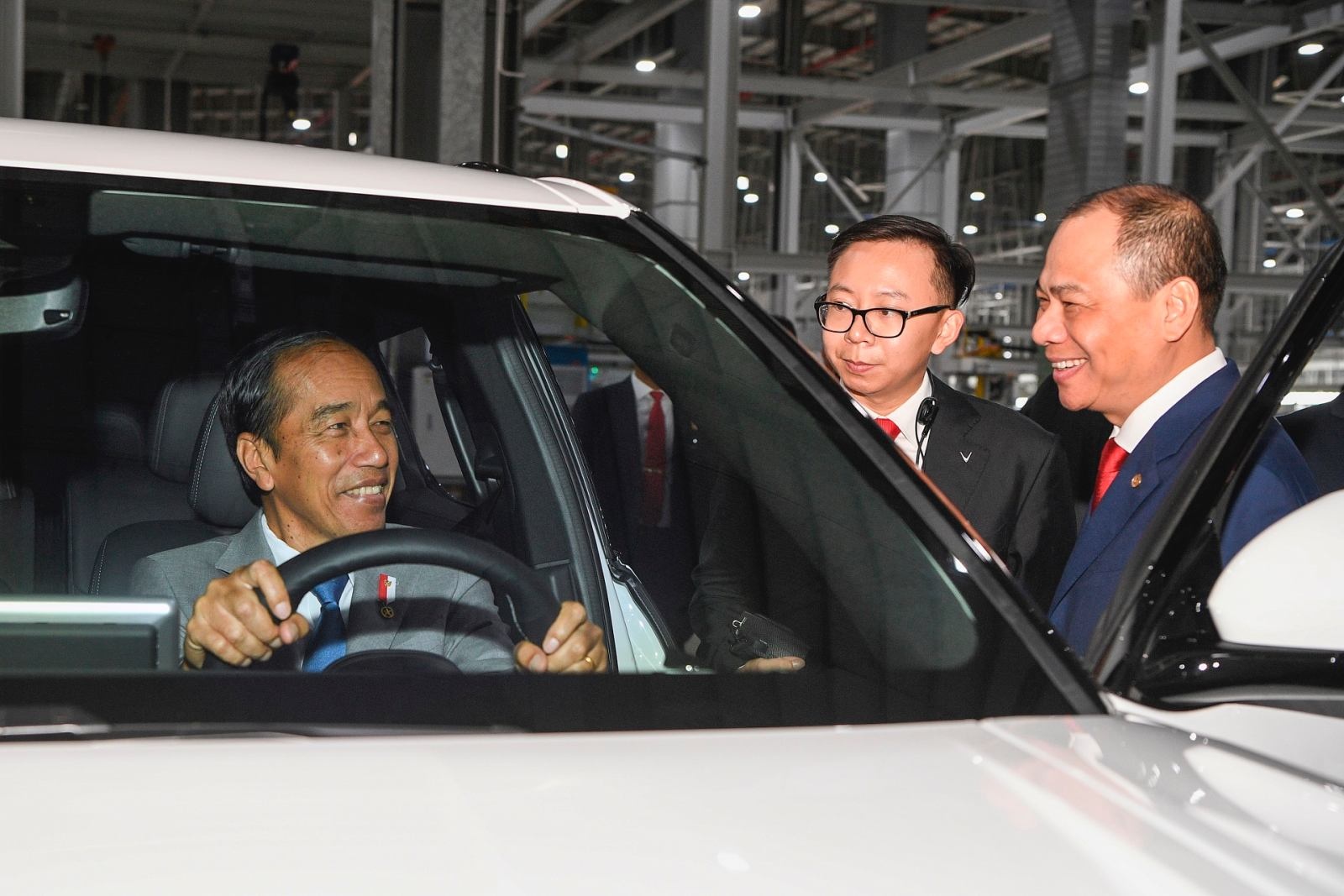
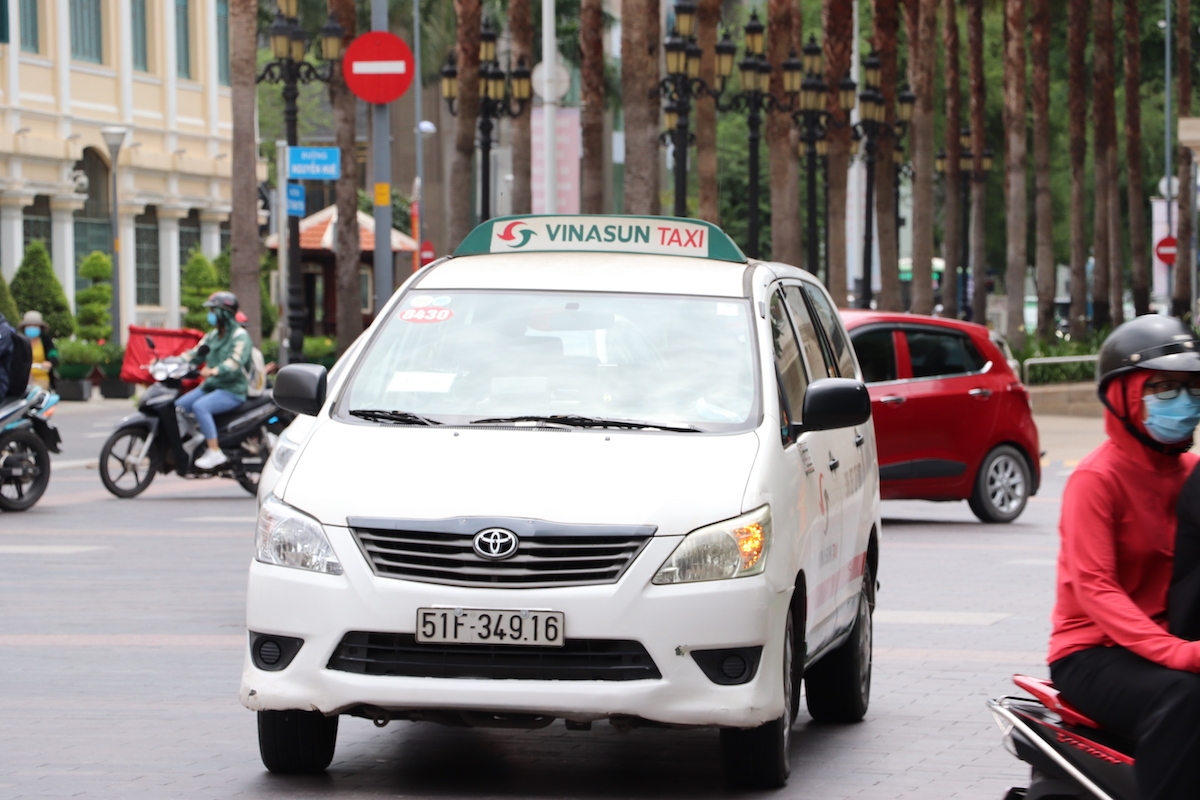
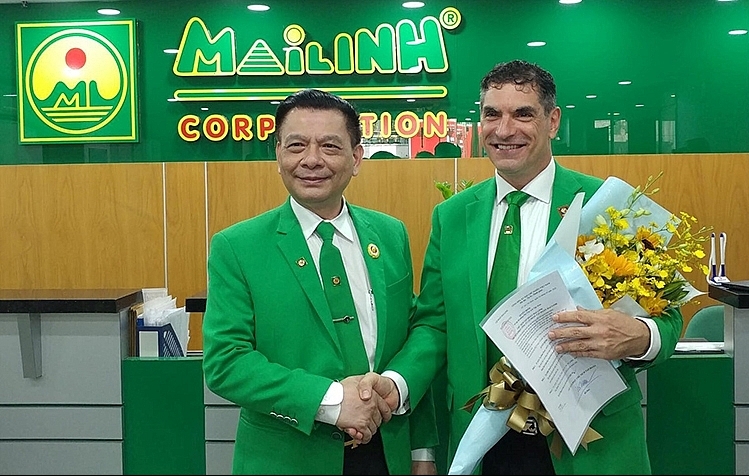
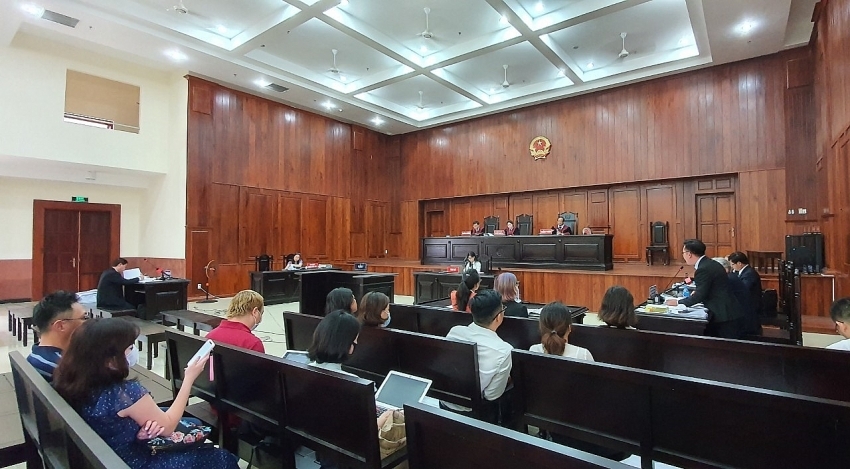
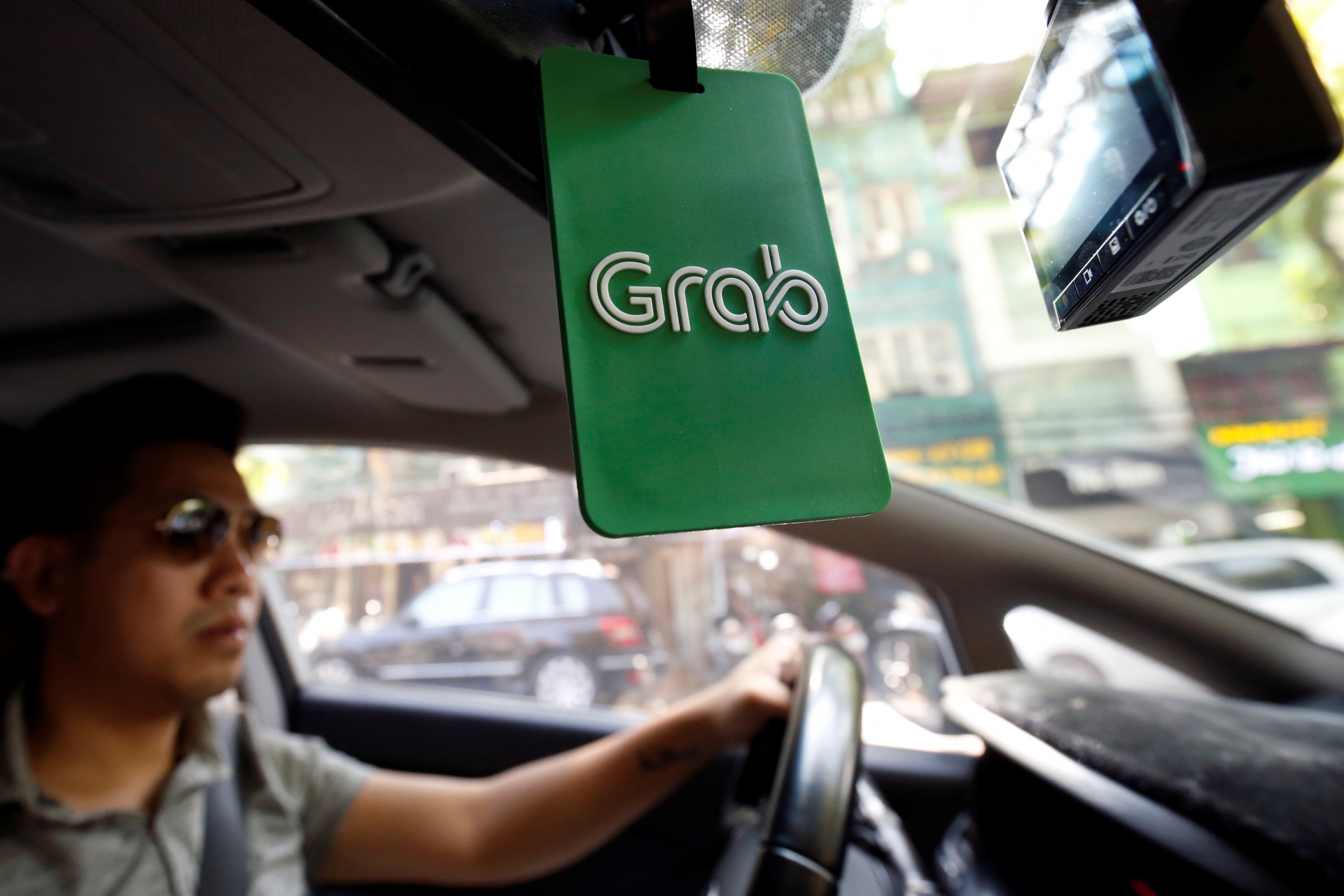
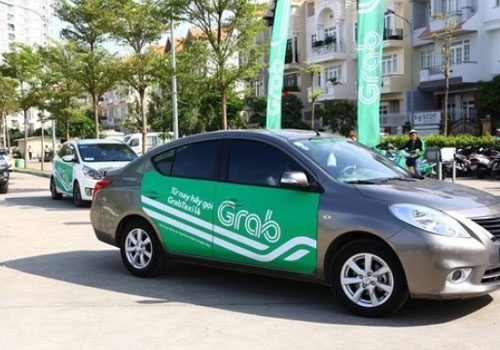

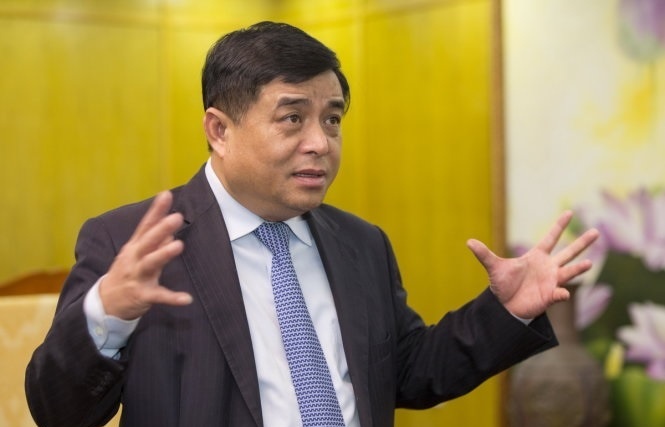

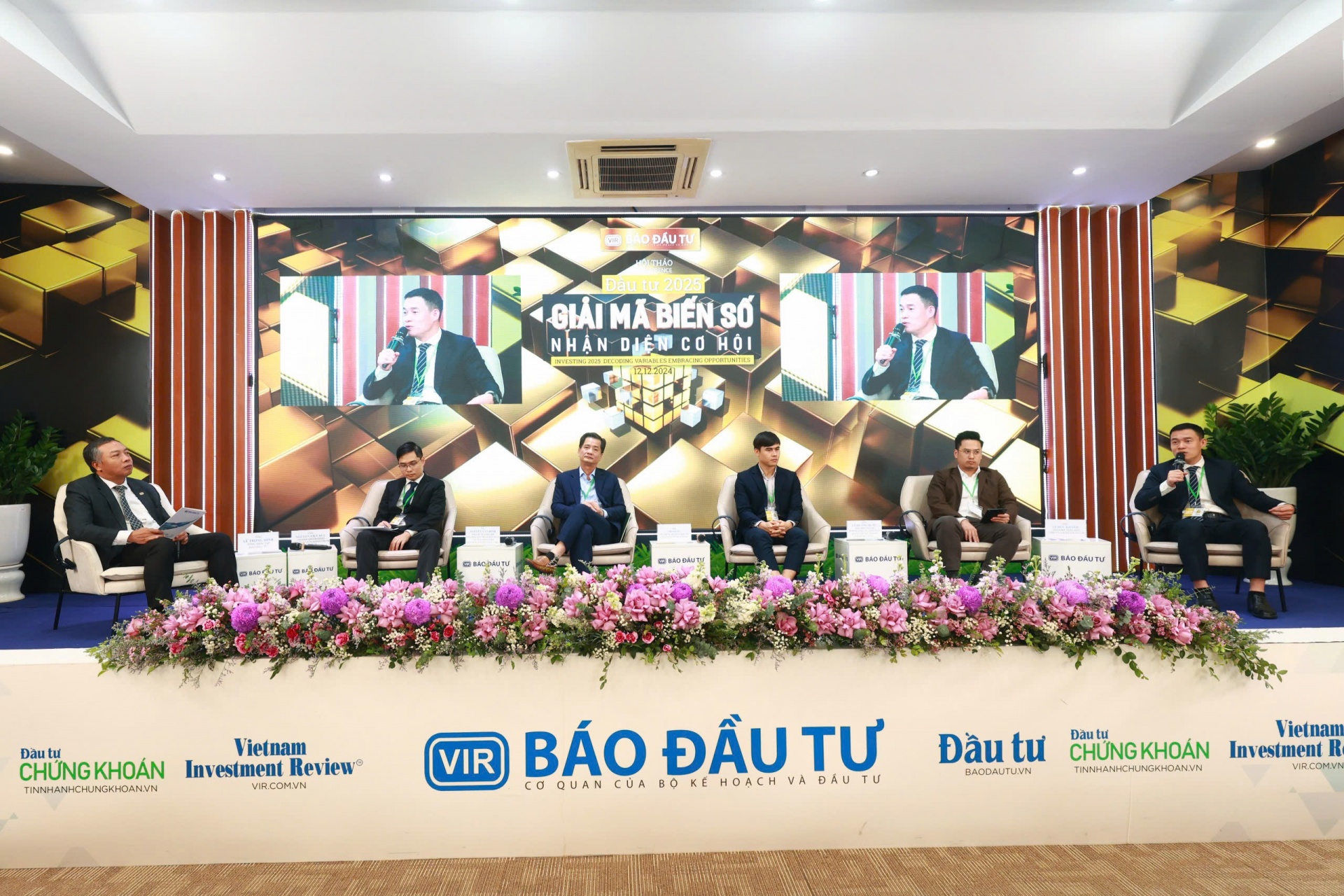
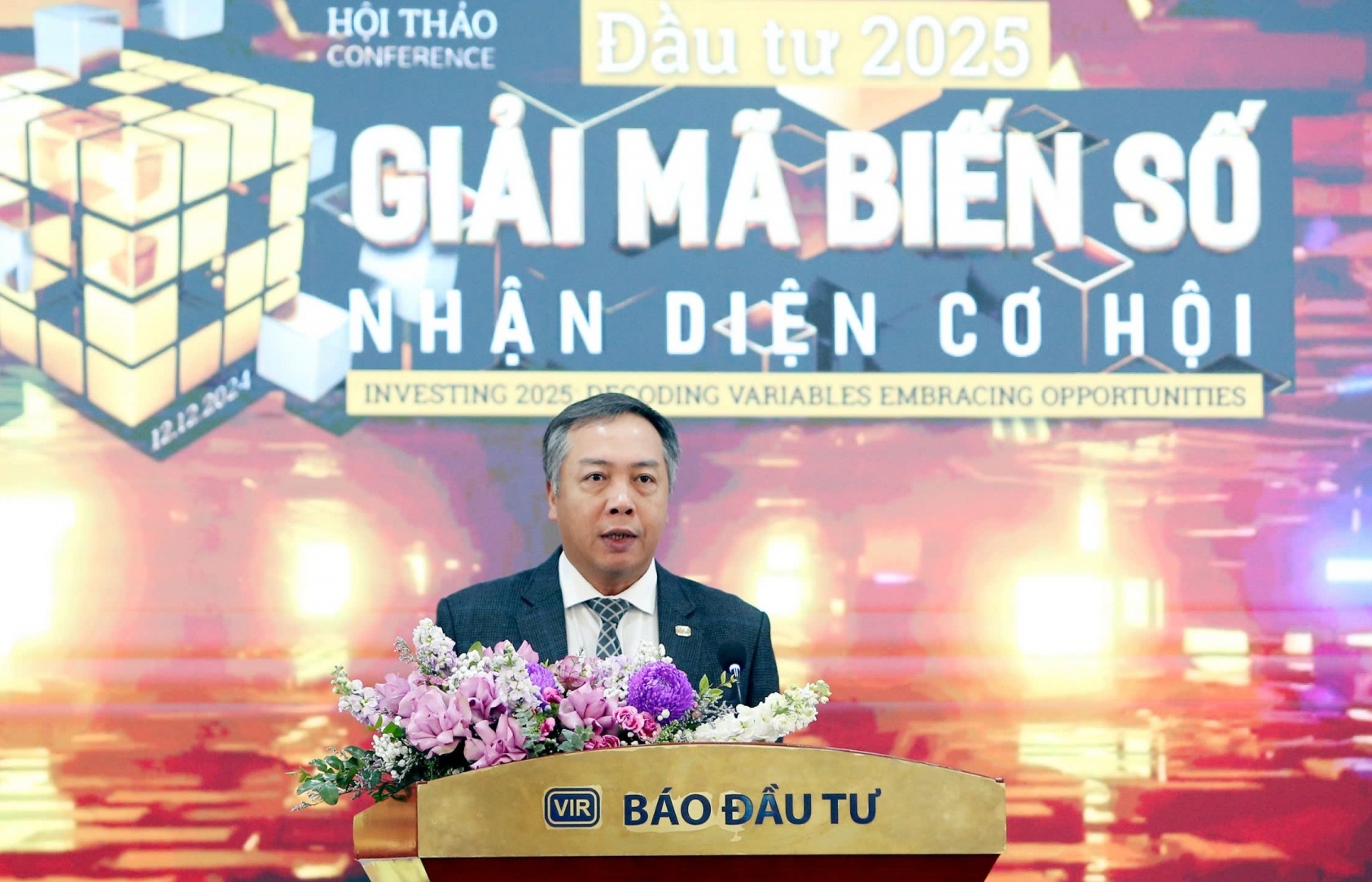
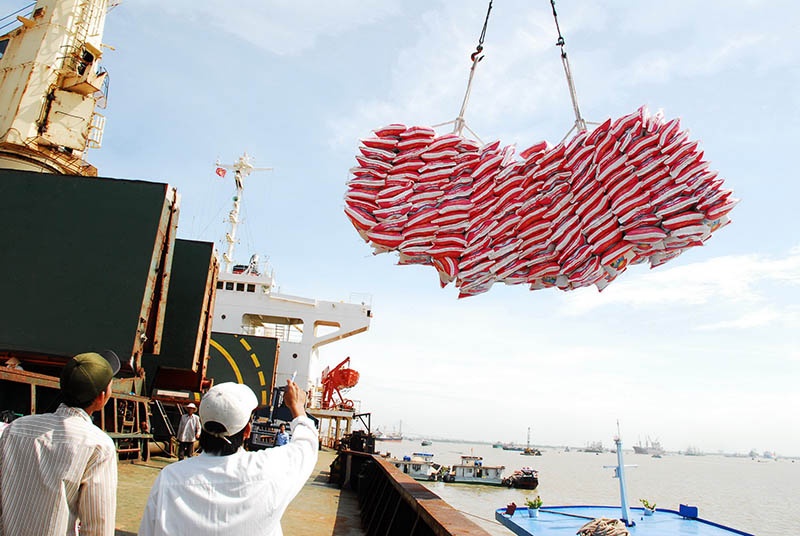



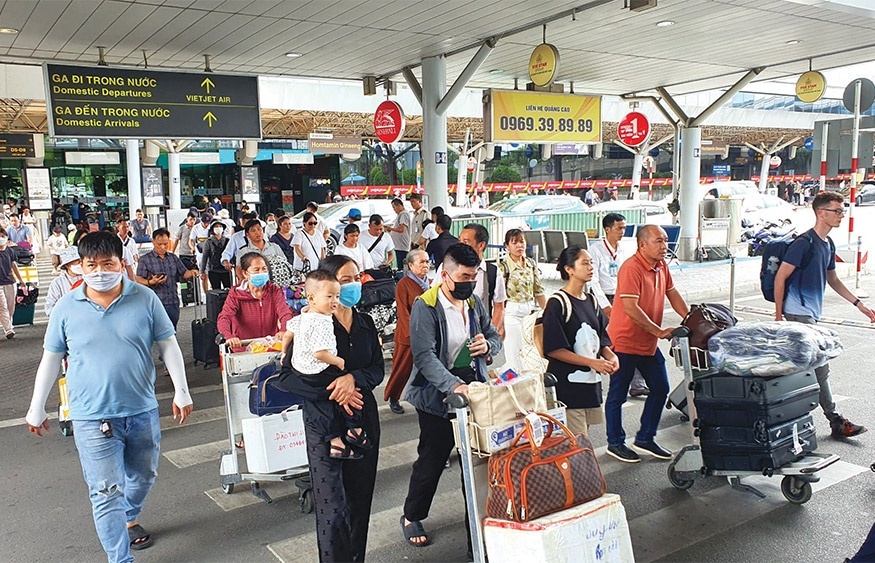



 Mobile Version
Mobile Version